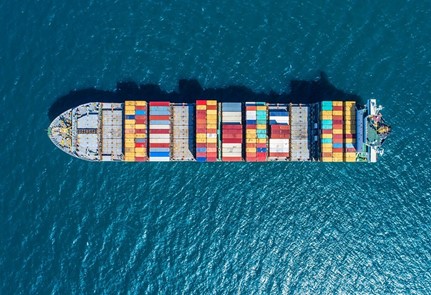
By looking at the
production costs of ammonia which are similar to very low sulphur fuels, the
team concluded that the fuel could be a viable option to help decarbonize
international shipping by 2050.
Ammonia (NH3) is easy to store as a liquid and is
able to deliver about half the energy density of common fossil fuels.
Traditionally, it has
been produced by stripping hydrogen from natural gas using steam and combining
the H2 with nitrogen from the air at high pressure and temperatures. This
process releases close to two tonnes of CO2 into the atmosphere for every tonne
of usable ammonia.
However, the compound
can now be made with hydrogen split from water with electricity sourced from
renewable sources and then combining it with nitrogen.
According to the Oxford study, $2 trillion will be
needed to transition to a green ammonia fuel supply chain by 2050, primarily to
finance supply infrastructure.
The paper, published
in the journal Environmental Research: Infrastructure and Sustainability, shows
that the greatest investment need is in Australia, to supply the Asian markets,
with large production clusters also predicted in Chile to supply South America,
California to supply the Western US, North-West Africa to meet European demand,
and the southern Arabian Peninsula to meet local demand and parts of South
Asia.
The research notes
that 90% of the world’s physical goods trade is transported by ships which burn
heavy fuel oil and emit toxic pollutants. This accounts for nearly 3% of the
global greenhouse gas emissions. As a result of this, the International
Maritime Organization committed to reach net-zero emissions by 2050.After investigating the viability of diesel
vessel exhaust scrubbers, green ammonia was proposed as an alternative fuel
source to quickly decarbonize the shipping industry. Yet, historically
there has been great uncertainty as to how and where to invest to create the
necessary infrastructure to deliver an efficient, viable fuel supply chain.
To guide investors,
Bañares-Alcántara and his colleagues developed a modelling framework to create
viable scenarios for how to establish a global green ammonia fuel supply chain.
The framework combines a fuel demand model, future trade scenarios and a
spatial optimization model for green ammonia production, storage, and
transport, to find the best locations to meet future demand for shipping fuel.